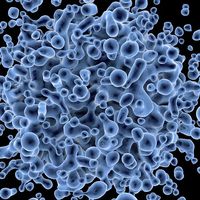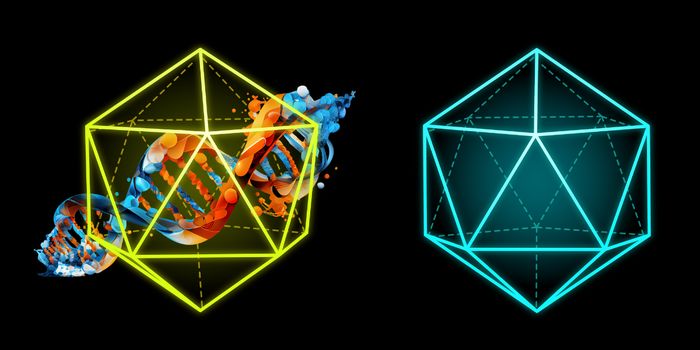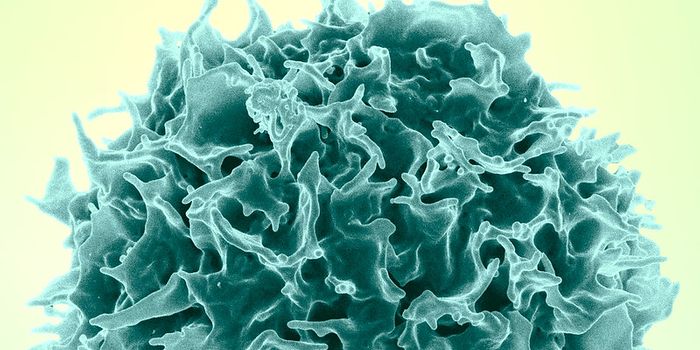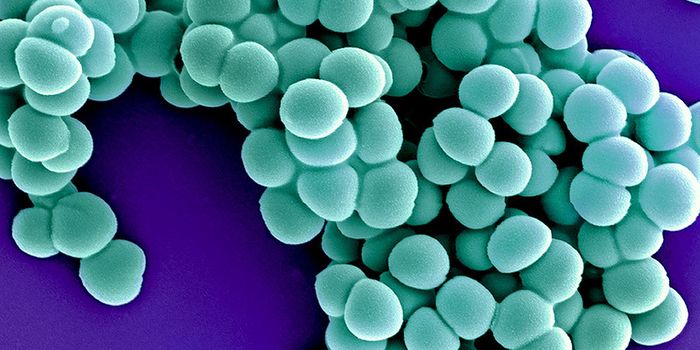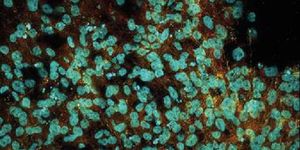Viral Protein Shapes Linked to Immune-evading Functions
Viruses are invading pathogens that infect host cells and rapidly replicate throughout the body. They carry a small piece of genetic material such as DNA or RNA surrounded by a capsid that needs a host to reproduce. Viruses constantly develop new ways to avoid the immune system. The corona virus mutates to escape immune detection, which is why scientists developed updated vaccines to target these variants. Although scientists can develop treatments for mutated variants, we are still trying to understand how viral proteins contribute to the ability of a virus to infect.
A recent study in Nature by Dr. Jennifer Doudna and others have reported the shapes of about 70,000 viral proteins, which are linked to viral function. Doudna is a Nobel Laureate in Chemistry and the Li Ka Shing Chancellor’s Chair in Biomedical and Health Sciences at the University of California Berkely (UCB). She was awarded the Nobel Prize for her research on the development of the CRISPR-Cas9 tool which provided scientists the ability to edit gene expression. Her current research focuses on different context of genome editing to advance disease treatments and improve diagnostic tools.
Doudna and her team provided new insights into protein function based on the newly discovered 3-dimensional (3D) shapes. The group first matched already known protein structures with the 3D shapes to narrow in on the lesser-known protein shapes. Through this process they discovered that viruses that invade bacteria as well as other organisms, such as humans, share a similar mechanism to evade the immune system. According to Doudna, this discovery is extremely impactful because it can help scientists determine what emerging viruses can do and how we can respond to avoid another pandemic.
Unfortunately, due to a virus’ ability to rapidly evolve, many of these viral proteins are not similar to those that scientists have already identified. Researchers, however, were able to determine the function of these proteins based on their 3D shape. To learn more about the 3D shapes and how they were related to function, the team used a research platform called AlphaFold, which can predict a protein’s shape based on their amino acid sequence. Altogether, they predicted 67,715 viral proteins in almost 4,500 viruses. The predicted shapes were then compared to known proteins of other viruses. More specifically, the unknown 3D shapes were paired with known protein functions based on viral shape similarities.
Researchers also discovered a mechanism by which viral proteins evade the immune system. Doudna and her team describe how this mechanism is evolutionarily conserved in between different species of viruses. Consequently, this report provides exciting information about how viral proteins behave and how scientists can learn to overcome infections. The newly discovered viral protein structure data has been made publicly available for other scientists to use. Overall, this work highlights possible approaches to disease treatment, specifically antiviral therapies. Further investigation may provide a mechanism common in all viral species, which scientists can use to develop one effective antiviral treatment.
Study, Nature, Jennifer Doudna, Nobel Laureate in Chemistry, University of California Berkely
